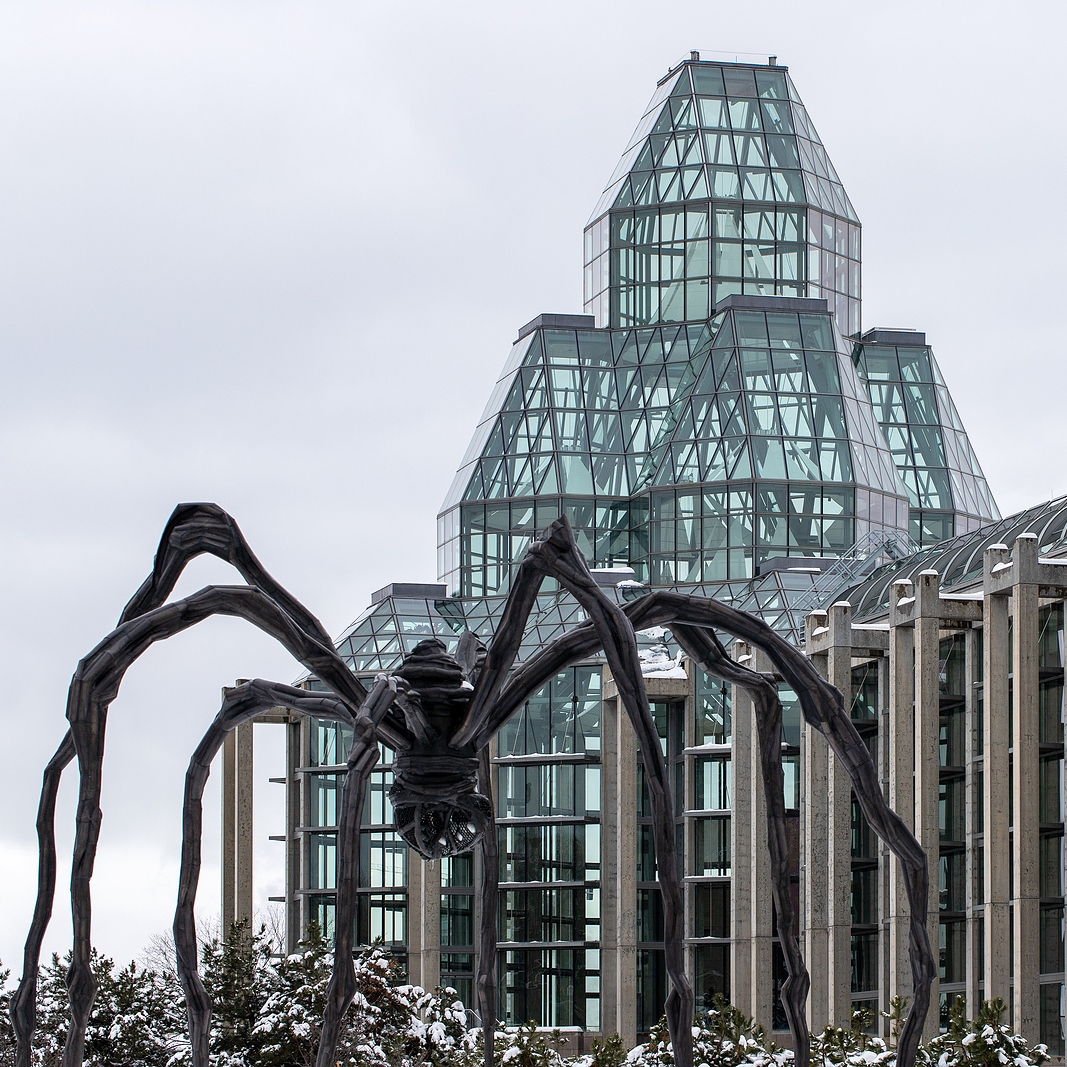Contemporary cultural institutions are undergoing a fundamental transformation in their approach to spatial design. The integration of transparent materials represents more than an aesthetic choice—it embodies a philosophical shift toward openness, accessibility, and environmental consciousness. This evolution reflects broader changes in how society perceives the relationship between art, architecture, and public engagement.
Research conducted across major international museums reveals that transparent design elements significantly impact visitor behavior and artwork preservation. The Corning Museum of Glass, for instance, demonstrates how architectural transparency can become an integral part of the curatorial narrative, where the building itself serves as both container and content.
Historical Evolution from Traditional Walls to Glass Barriers
The transition from opaque to transparent gallery spaces represents a century-long evolution in museum architecture. Early 20th-century institutions relied heavily on solid masonry walls, creating compartmentalized viewing experiences that often isolated artworks from their broader context. The pioneering work of architects like Mies van der Rohe challenged these conventions, introducing the concept of transparency as both literal and phenomenal.
Archaeological evidence from gallery renovations across Europe shows six distinct phases in this evolution: initial adoption of simple glazed display cases in the 1920s, integration of architectural glass elements in the 1940s, emergence of structural glazing systems in the 1960s, development of climate-controlled transparent enclosures in the 1980s, introduction of smart glass technologies in the 2000s, and current implementation of advanced glazing technologies that work in conjunction with professional art handling services to ensure optimal preservation and security of valuable collections.
Contemporary Minimalist Design Trends in Galleries
Current research in environmental psychology demonstrates that minimalist design principles significantly enhance aesthetic appreciation and cognitive processing of visual art. Studies conducted at the Museum of Modern Art and Tate Modern indicate that reduced visual complexity in gallery environments correlates with increased visitor engagement and longer viewing durations.
The philosophy of "less is more" manifests through strategic material reduction, where glass becomes the primary mediator between the viewer and the artwork. This approach eliminates unnecessary visual interference while maintaining essential protective functions. Contemporary galleries increasingly favor transparent solutions that preserve sightlines while providing necessary environmental controls.
Functional Benefits of Glass Solutions in Art Spaces
Scientific analysis of museum environments reveals multiple functional advantages of glass implementation. UV filtration capabilities of modern glazing systems provide protection equivalent to traditional storage conditions while maintaining visual accessibility. Thermal performance studies show that double-glazed systems reduce energy consumption by up to 30% compared to conventional wall-based climate control methods.
Acoustic research demonstrates that properly designed transparent barriers can achieve sound reduction levels comparable to solid partitions while preserving visual connectivity. This dual functionality proves particularly valuable in institutions housing both visual and performance arts, where spatial flexibility remains paramount.
Advanced glass partition wall systems now incorporate sensors that monitor environmental conditions in real-time, automatically adjusting transparency levels to optimize conservation requirements. These systems represent a convergence of traditional craftsmanship and digital innovation, embodying the balance between functional necessity and aesthetic refinement.
Minimalist Aesthetics Through Transparency
The philosophical foundations of minimalist aesthetics in cultural spaces derive from phenomenological approaches to spatial perception. Research in cognitive neuroscience suggests that transparent environments reduce visual processing load, allowing greater attention to be directed toward artistic content. This neurological efficiency supports the minimalist principle of reducing non-essential elements.
The Interplay of Light and Space
Photometric studies conducted in various gallery types reveal that natural light transmission through high-performance glazing achieves color rendering indices superior to most artificial lighting systems. The spectral quality of daylight, when properly filtered and controlled, provides optimal conditions for color perception and reduces the fatigue associated with prolonged artificial illumination.
Recent developments in electrochromic glass technology enable dynamic control of light transmission, allowing curators to adjust environmental conditions without compromising spatial continuity. These innovations support the curatorial practice of creating temporal variations in viewing conditions, enhancing the interpretive potential of exhibited works.
Practical Solutions and Innovations
Contemporary implementations of transparent design demonstrate remarkable diversity in technical approaches. The National Gallery of Canada's recent renovation showcases how structural glazing can integrate climate control, security, and aesthetic functions within a single system. Similarly, the Rijksmuseum's innovative use of laminated glass combines historical preservation requirements with contemporary accessibility standards.
Case studies from leading cultural institutions reveal that successful transparent design requires interdisciplinary collaboration between architects, conservators, and exhibition designers. This collaborative approach ensures that technical performance aligns with curatorial objectives while maintaining the experiential qualities that define exceptional gallery environments.
The Future of Glass Aesthetics in Art Spaces
Emerging technologies promise further integration of transparency with interactive capabilities. Research into photonic materials suggests future possibilities for glass surfaces that can display information without compromising their transparent properties. These developments may fundamentally alter the relationship between architectural envelope and curatorial content.
The continued evolution of transparent design in cultural spaces reflects broader societal trends toward openness, sustainability, and technological integration. As institutions adapt to changing visitor expectations and conservation requirements, glass aesthetics will likely play an increasingly central role in defining the museum experience of the future.
